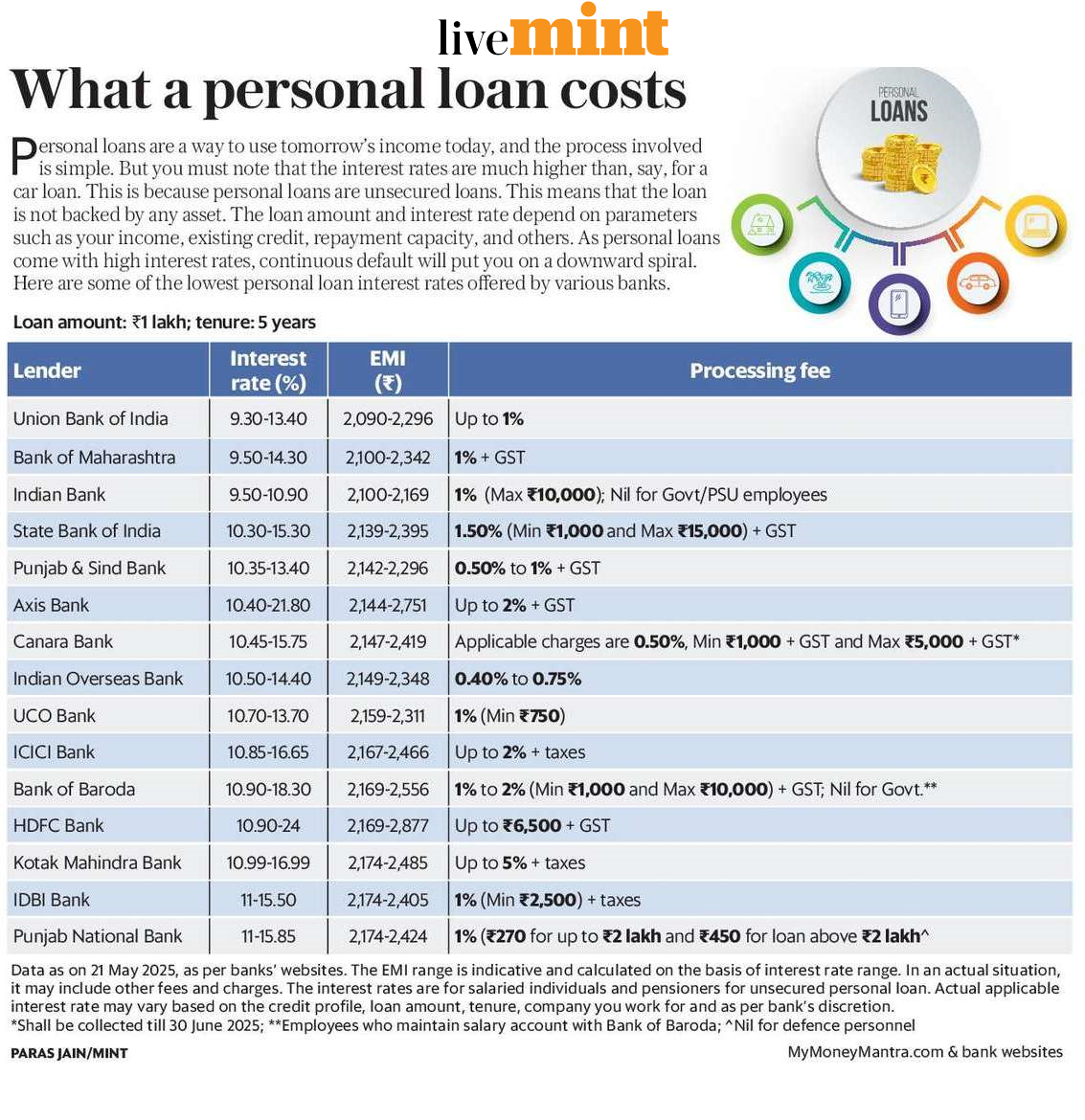Make It Make Cents: A quick hack to buy the latest iPhone
Helping you understand personal finance better, one story at a time.
Dear Reader,
I’ve been writing this newsletter for more than a month now. It’s heartening to receive kind words, replies, and even shoutouts on social media for the work my team and I do.
A fair number of times, a lot of story ideas come from our readers. If you have a personal-finance related problem that you haven’t been able to solve, do reach out by replying to this newsletter or tagging me on Twitter @ActusDei. I’ll be sure to look into it, if not help you solve that query.
Later today, I’ll be on a webinar talking about financially planning for a degree in the next decade. Do sign up and join by clicking on the banner:
Our week’s work
Keeping up on the topic of expensive degrees, Deepak Shenoy estimates a sum of ₹2.4 crore for a 4 year US graduate degree for his son who will soon be of college-going age. Radhika Gupta estimates that sum to be ₹10 crore, for her 2 year old — caveat being that he will plan for it around 16 years from now.
While both these amounts look alarming, they provide a good ‘upper limit’ for you to benchmark against. CEOs of AMCs and portfolio managers can afford the most expensive colleges; your outlook might be a little varied. A different country with a less expensive education system may well be within a ₹1 crore budget. You can read all about Deepak Shenoy’s strategy and portfolio in Jash Kriplani’s story on Monday.On Tuesday, Shipra Singh looked at the finances of India’s armed forces personnel. After the 6th Pay Commission, officers’ monthly pay has been largely comfortable in the ₹1-2 lakh range, given that most expenses are taken care of by the government (for example, defence stores provide subsidised groceries). Apart from their monthly pension, they also also get a lump sum of ₹1.5-2 crore on retirement. The gap, however, is the lack of proper advice. They are often sold high-cost low return insurance policies, where money gets trapped for many years.
2025 is the first year in which AMCs have been asked to disclose cases of mutual fund mis-selling on their websites. Data shows instances of distributors doing unauthorized switches, and even misappropriation of funds. The number of such cases is small; a largely ‘clean’ product is difficult to mis-sell even with the worst of intentions.
However, two issues remain in the MFD profession. First is the lack of an education qualification requirement: even a 12th pass person can become a mutual fund distributor. Second is the lack of a record of incidental advice. MFDs are not required to record their reasons for recommending a particular fund and open it for audit — merely an overall ‘risk profiling and suitability’ must be determined. This can open the door to ‘soft mis-selling’ or recommending a scheme due to commission rather than merit. On Wednesday, Sashind Ningthoukhonjam wrote about the risks of mis-selling by mutual fund distributors.A nice little hack in finance comes from wellness benefits programs of companies who provide phones/laptops to employees as part of their CTC (non-taxable). In this model, a leasing company buys the phone and rents it out to the employer. The employer recovers the rent from the employee’s CTC and the the leasing company sells it to the employee after a year at a small fraction of the cost. The benefit here is the tax — the lease rent is non-taxable if the phone/laptop is used for office work. Essentially, the employee ends up getting the gadget at 30% discount if they're in the 30% income tax bracket (similar to a car lease mode). The employer can also pass on GST input tax credit to the employee. Anil Poste wrote about this on Thursday. If you don’t get this at your company, well you can sure suggest it.
Finally, we arrive at a knotty issue with EPS or Employees Pension Scheme. People don’t see the EPS getting transferred to the current employer when they transfer EPF, resulting in panic. Well, take a chill pill. The passbook is not meant to show the EPS moving — but it happens in practice when you give the transfer request. This is because EPS transfer is actually a ‘service period transfer’ — the pension is based on service period rather than amount contributed. Do note though, if you do a ‘full and final’ withdrawal after being unemployed you will have to apply for a ‘scheme certificate’ from the EPFO which arrives at your home. Find out more about this from Aprajita’s story.
Fiscally responsible graphic
Social media funnies
That’s all for this week. If you have any feedback, criticism, or generally want to vent about the state of your portfolio, do reply to this newsletter. Rest assured, I will read every one of your replies.
Best,
Neil Borate
Deputy Editor
Mint







